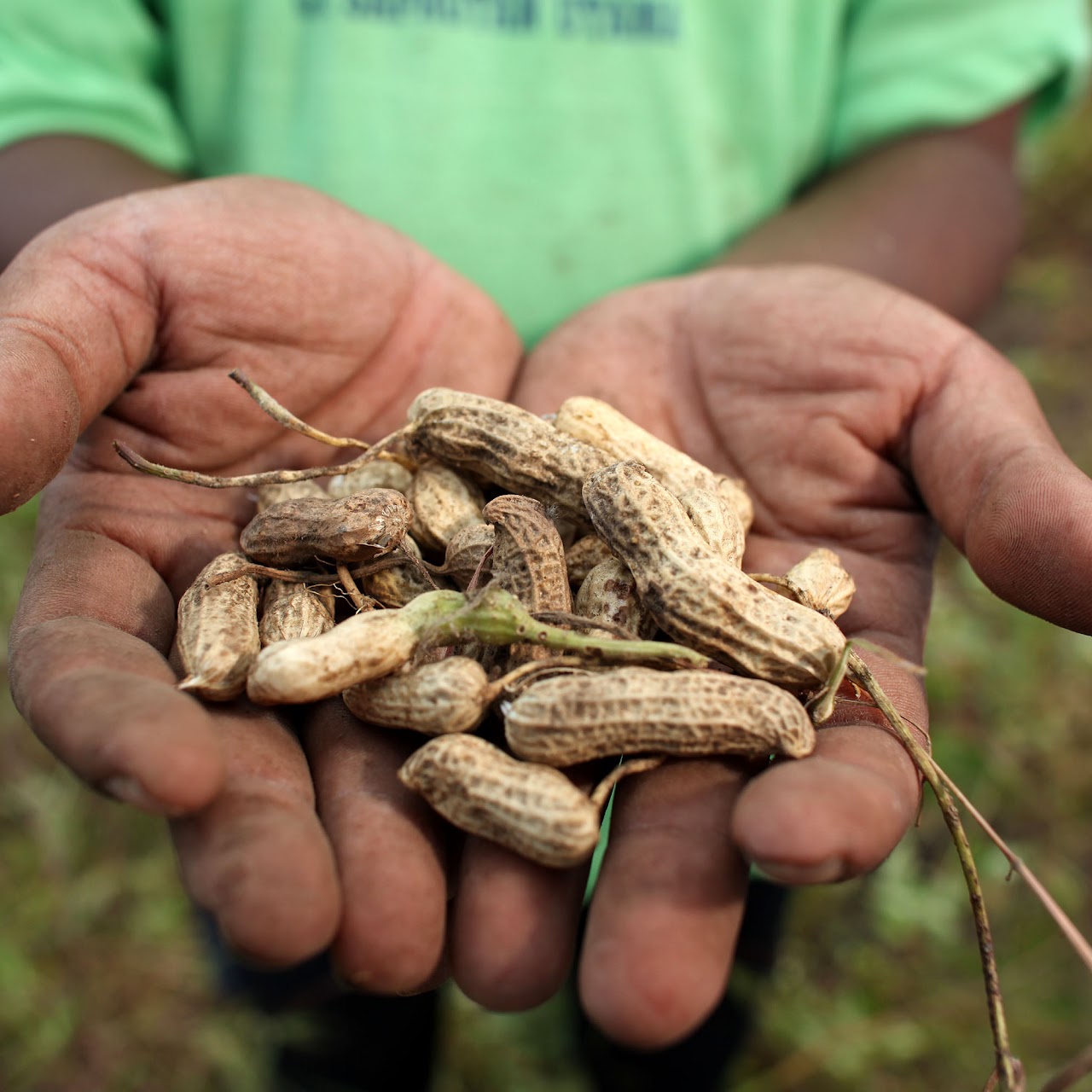Rwanda, known for its breathtaking scenery and lush green hills, is facing a growing threat: climate change. While the impact is felt nationwide, the Eastern Province, particularly Kayonza District, is particularly vulnerable.
Here’s a closer look at how climate change is shaping the future of this region:
Feeling the Heat:
Rising Temperatures: Studies indicate a rise in average annual temperatures, with hotter days becoming more frequent. This disrupts traditional planting cycles and reduces crop yields, jeopardizing food security.
Unreliable Rains: Erratic Rainfall Patterns: The rainy season is becoming less predictable. Droughts intersperse with periods of heavy downpours, leading to increased risks of floods and landslides. This uncertainty makes it difficult for farmers to plan and adapt.
A Thirsty Land:
Decreased Water Availability: Reduced rainfall and higher temperatures contribute to declining water levels in rivers, lakes, and groundwater reserves. This impacts not only agriculture but also domestic water supplies, affecting sanitation and hygiene.
The domino effect:
The consequences of climate change in Kayonza cascade across various aspects of life:
-
Strained Food Security: Decreased agricultural productivity due to erratic rainfall and rising temperatures can lead to food shortages, impacting the most vulnerable communities.
-
Loss of Livelihoods: Farmers who rely on agriculture for their income face an uncertain future as crop yields decline.
-
Environmental Degradation: Heavy rains can cause soil erosion, washing away valuable nutrients and reducing land fertility. Additionally, changes in climate can disrupt ecosystems and threaten biodiversity.
The Toll on Agriculture:
Climate change poses a significant threat to Rwanda’s agricultural sector, a crucial part of the Eastern Province’s economy, particularly in Kayonza District. Here’s a breakdown of the projected impacts:
Temperature-Sensitive Crops: Rising temperatures threaten the quality and productivity of valuable crops like coffee and tea (accounting for over 20% of export earnings) as suitable growing zones shift to higher elevations with less arable land.
Pests and Diseases: Warming temperatures are likely to expand the range of crop pests, such as the coffee berry borer beetle, and livestock diseases like Rift Valley fever.
Impact of Droughts: Projections of longer dry spells are particularly concerning, especially in eastern and southern regions where droughts have already caused significant crop and livestock losses.
Soil Erosion: Since 90% of crops are grown on hills and steep slopes, heavy rainfall events can trigger landslides and exacerbate soil erosion, further degrading cultivated lands.
Bean production (22-30% of cultivated land) is expected to significantly decrease due to their sensitivity to cooler temperatures and drier conditions. Conversely, sorghum may become suitable for some currently too-cold northwestern areas. Potato yields are expected to increase (25-90% by mid-century), potentially helping meet domestic demands. Rice production is likely to be negatively impacted by changes in precipitation. Temperature increases may expand the production potential for maize, Irish potato, cassava, and sorghum in the mid-term.
However, bean yields are projected to decrease under warming temperatures, especially in lower eastern and southwestern elevations. Coffee and tea, the most important cash crops, are highly vulnerable. Coffee, particularly sensitive to temperatures above 25°C and irregular rainfall, will likely see an overall decrease in production. Higher temperatures may force coffee producers to cultivate on higher, erosion-prone lands, potentially leading to conflicts with existing farmers.
Climate change is a complex challenge, but there is hope. Here’s what we can do:
-
Sustainable Practices: Promoting practices like rainwater harvesting, soil conservation techniques, and drought-resistant crops can help communities adapt to changing weather patterns.
-
Investing in Resilience: Strengthening infrastructure and early warning systems can help communities prepare for floods and other extreme weather events.
-
Education and Awareness: Empowering communities with knowledge about climate change and its impacts is crucial for fostering local solutions.
By working together, we can help Kayonza District navigate the challenges of climate change and build a more resilient future for its people and environment.
What are your thoughts on climate change and its impact on Rwanda?

